Experts increasingly think a system that could help paralyzed patients is within reach.
- By Sharon Begley, STAT on November 20, 2018
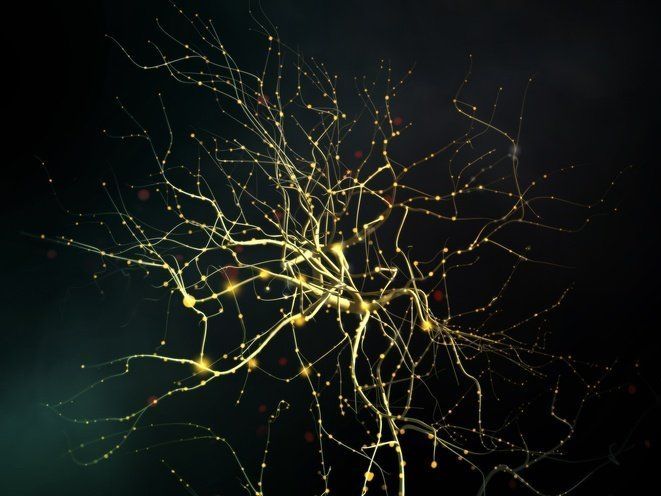
Experts increasingly think a system that could help paralyzed patients is within reach.
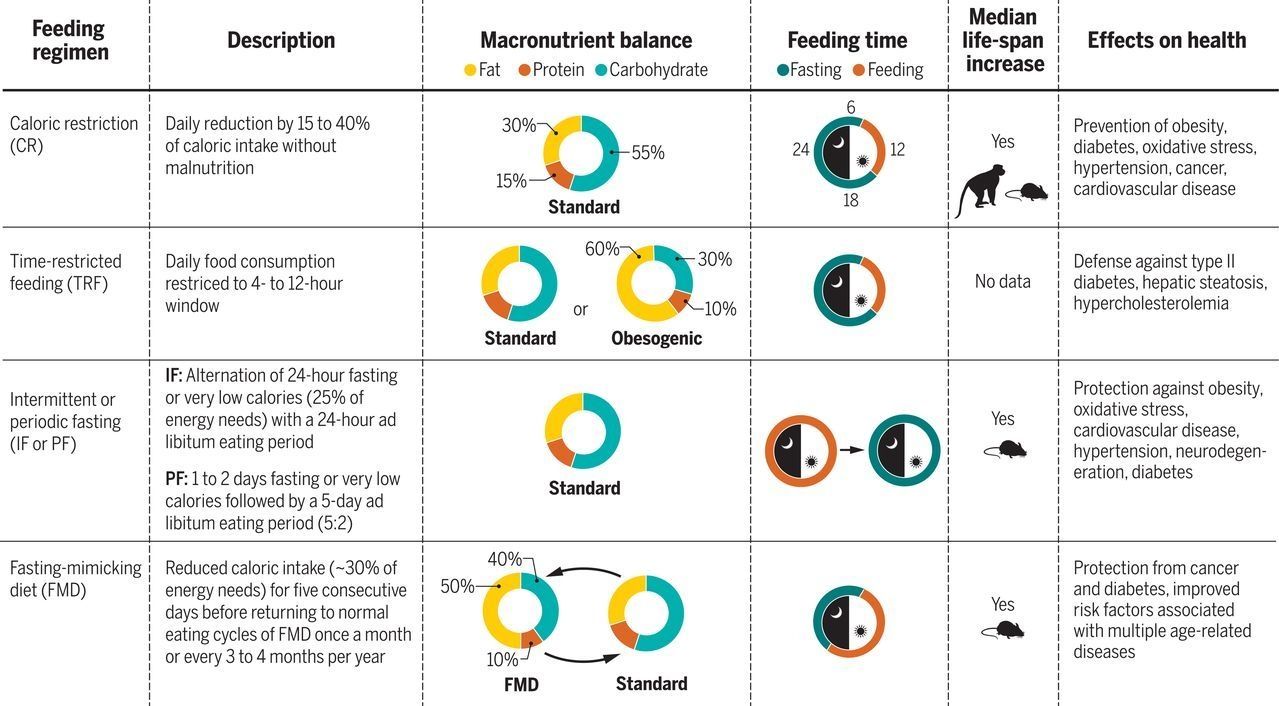
! A new review on the positive effects on lifespan and health of fasting and calorie restriction.
Nutrient composition and caloric intake have traditionally been used to devise optimized diets for various phases of life. Adjustment of meal size and frequency have emerged as powerful tools to ameliorate and postpone the onset of disease and delay aging, whereas periods of fasting, with or without reduced energy intake, can have profound health benefits. The underlying physiological processes involve periodic shifts of metabolic fuel sources, promotion of repair mechanisms, and the optimization of energy utilization for cellular and organismal health. Future research endeavors should be directed to the integration of a balanced nutritious diet with controlled meal size and patterns and periods of fasting to develop better strategies to prevent, postpone, and treat the socioeconomical burden of chronic diseases associated with aging.
The worldwide increase in life expectancy has not been paralleled by an equivalent increase in healthy aging. Developed and developing countries are facing social and economic challenges caused by disproportional increases in their elderly populations and the accompanying burden of chronic diseases. Geriatricians and gerontologists have contributed greatly to our understanding of the consequences and processes that underlie aging from clinical, social, mental, physical, and biological perspectives. The primary goal of aging research is to improve the health of older persons and to design and test interventions that may prevent or delay age-related diseases. Besides socioeconomic status, energy, environmental quality, and genetics are the most powerful determinants of health and longevity. Although environmental quality and genetics are not under our direct control, energy intake is.
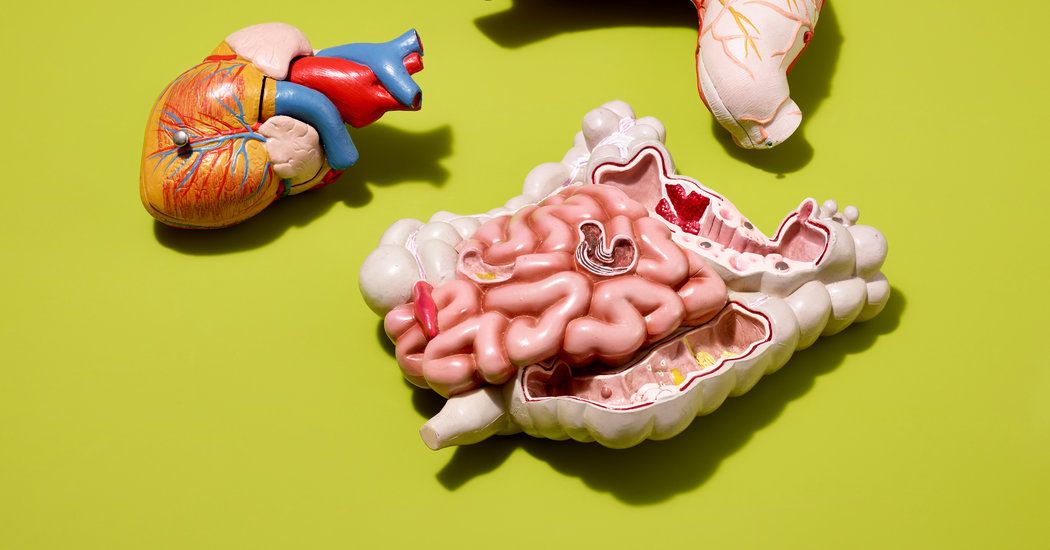
At the Eurosymposium on Healthy Ageing, we had the opportunity to interview Sven Butlerijs of the Healthy Life Extension Society (HEALES). Some of our regular readers may recall seeing Sven join us for some of the monthly episodes of the Journal Club and he is an active figure in the rejuvenation biotechnology field.
During the interview with Nicola Bagalà, Sven discusses the extracellular matrix, its role in human biomechanics, what happens when it ages and stiffens, the role of cross-linking in collagen, and the possibility of interventions.
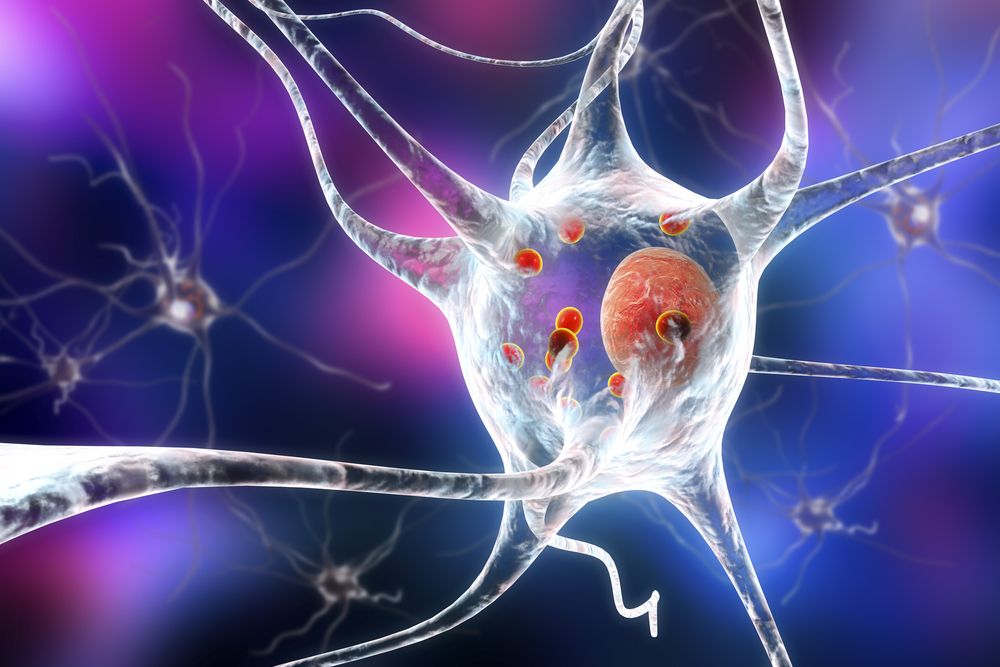
Researchers at Georgetown University Medical Center discovered that the protease USP13 (ubiquitin-specific peptidase 13) plays a role in the accumulation of toxic alpha-synuclein aggregates that characterize Parkinson’s disease [1].
Abstract
Ubiquitin specific proteases (USPs) are de-ubiquitinases that control the protein ubiquitination cycle. The role of de-ubiquitinases is poorly understood in neurodegenerative diseases. We found that USP13 is overexpressed in the post-mortem Parkinson’s disease (PD) brain. We investigated whether changes in USP13 levels can affect two molecules, parkin and alpha-synuclein, that are implicated in PD pathogenesis. Parkin is an E3 ubiquitin ligase that is regulated by ubiquitination and targets certain proteins for degradation, and alpha-synuclein may be ubiquitinated and recycled in the normal brain. We found that USP13 independently regulates parkin and alpha-synuclein ubiquitination in models of alpha-synucleinopathies. USP13 shRNA knockdown increases alpha-synuclein ubiquitination and clearance in a parkin-independent manner.

We found that the evolution of anti-predatory defense in the prey species stabilized predator population size but that this was delayed in the presence of the abiotic stressor. This corresponded with a lack or delay in the evolution of resistance to the abiotic stressor. Therefore, the abiotic stressor had a big effect on the eco-evolutionary dynamics, weakening the evo-to-eco link. One might expect that this is caused by competition between (asexual) bacterial lineages possessing different adaptations, decreasing the rate and directionality of evolution under multiple selection pressures. Instead, the genomic investigation showed that different targets (genes or duplicated sites) were repeatedly mutated in the individual and combined treatments. The population genetics thus revealed complex mechanistic underpinnings for a seemingly sensible difference in dynamics. Perhaps a specific type of bacterial cell clumping or another adaptation is favored in the dual-stressor environment because of conferring a degree of resistance to both types of stressors? This could then direct the mutational path away from the optimal adaptations to the individual stressors.
It took us five years to disentangle the complex interplay between ecology and evolution in an experimental system consisting of bacteria, ciliates and antibiotics.
After over a decade of development, the world’s first full-body medical scanner has produced its first images. The groundbreaking imaging device is almost 40 times faster than current PET scans and can capture a 3D picture of the entire human body in one instant scan.
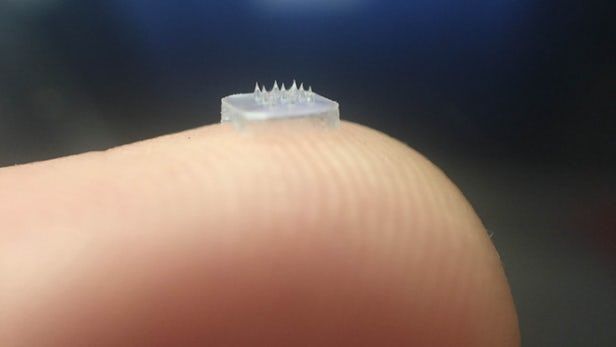
We’ve already heard about “microneedle” patches that near-painlessly deliver medication through the skin. Well, scientists at Nanyang Technological University, Singapore have now taken the same approach to treating eye diseases. They’ve developed a tiny patch laden with even tinier needles, which get poked into the eyeball.
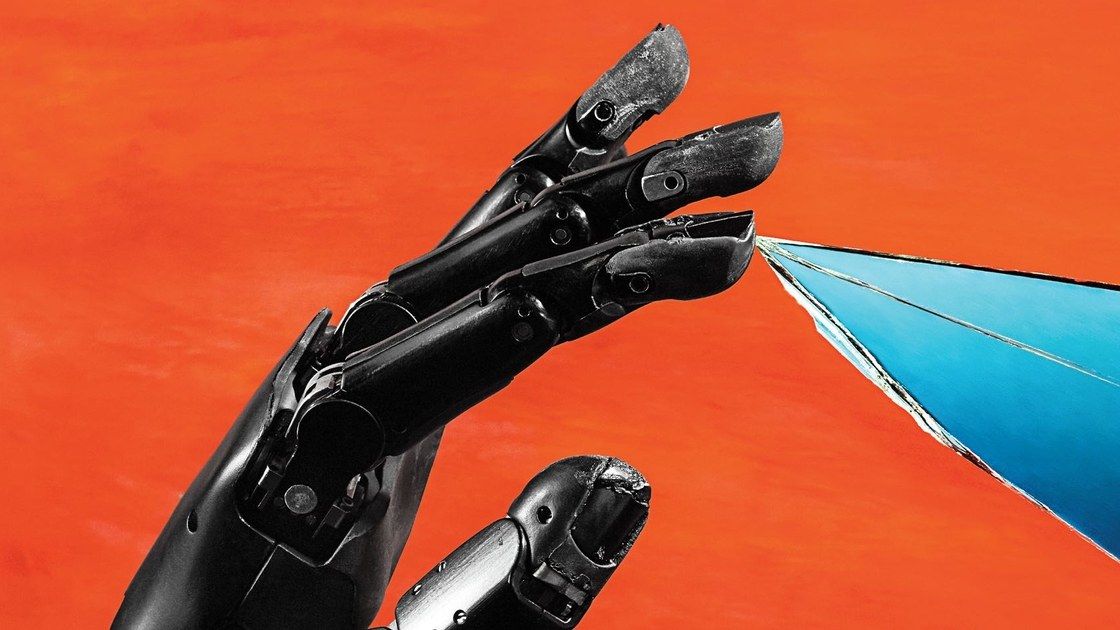
Jan Scheuermann was one of the first volunteers on DARPA’s Revolutionizing Prosthetics program and became a pioneer in the field of brain-machine interface, controlling first an advanced robotic arm, and then a simulated jet, with her mind alone. The New Yorker tells her story in exquisite detail, along with the story of Nathan Copeland, the volunteer who followed Jan in the research and put his own spin on how it unfolded.
A neuroscientist’s research into the mysteries of motion helps a paralyzed woman escape her body.
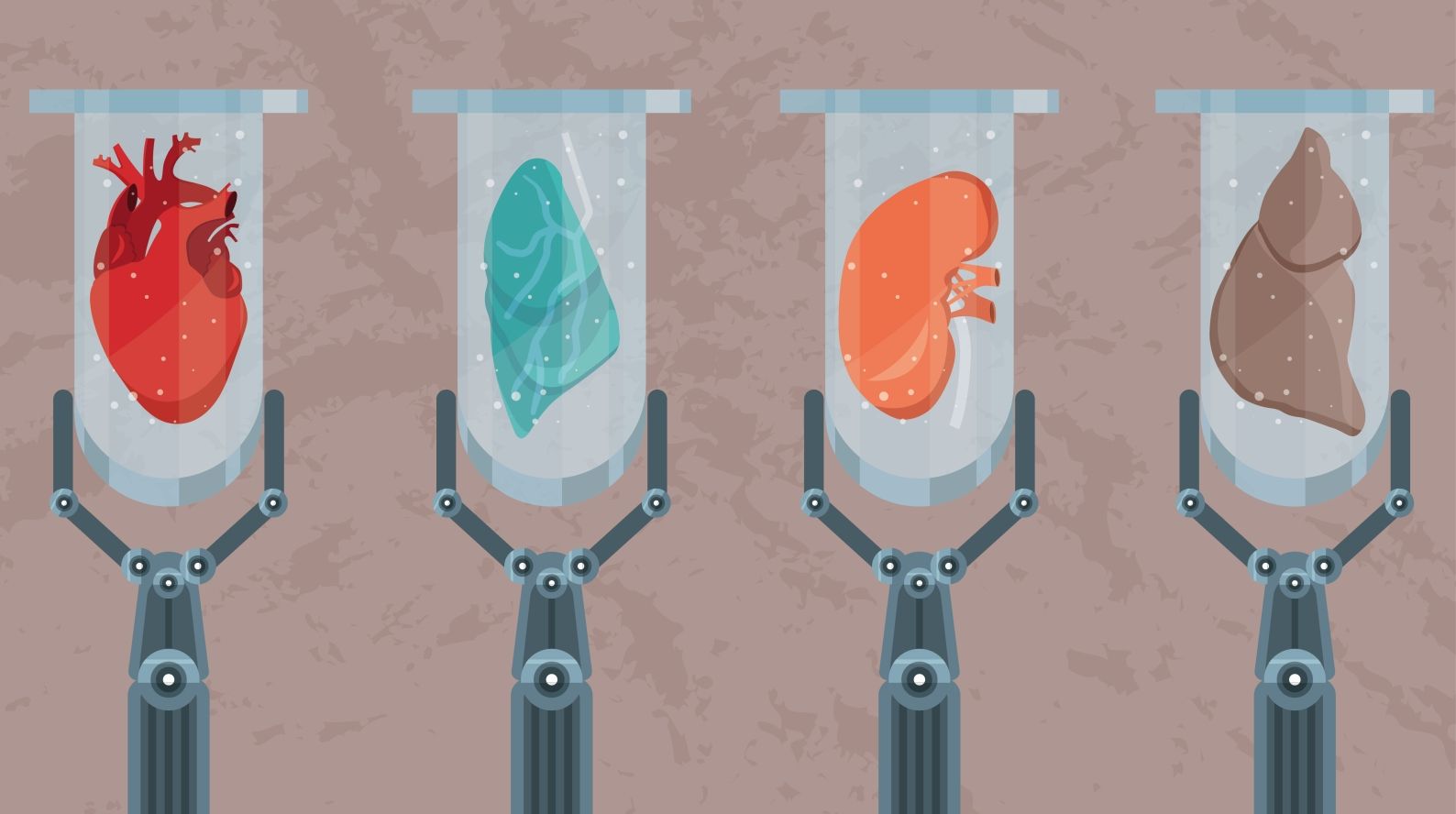
“With our technology, we can engineer any tissue type, and after transplantation we can efficiently regenerate any diseased or injured organ — a heart after a heart attack, a brain after trauma or with Parkinson’s disease, a spinal cord after injury”
Breakthrough development uses a patient’s own stomach cells, cutting the risk of an immune response to implanted organs.